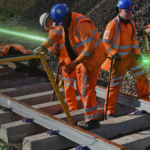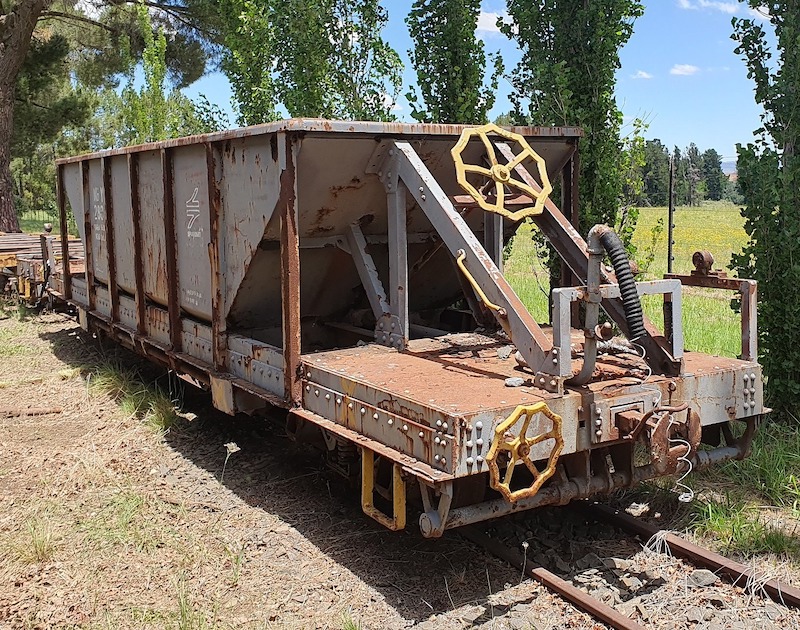The following article was written by Allan Spence.
Back in 2012, I was part of the team within Network Rail that developed Life Saving Rules to support its vision of ‘Everyone Home Safe Every Day’. The rules chosen reflected the causes of fatal and serious accidents over the past ten years. Whilst there are hundreds of company standards and within those, many thousands of ‘requirements’ that relate to how the railway operates safely, the Life Saving Rules target the things that cause most misery to people and their families. The rules were refreshed in 2015. Some were adjusted for clarity but one rule that has been constant deals with the need to stay out of the danger area presented by moving plant on railway worksites. Such plant often has blind spots, made more important at night when mirrors are of less use. And as operators focus on their task – such as digging, lifting, or grading – they can’t be expected to watch the entire area around their machine.
The railway is a long, thin workplace. Worksites are often made even more cramped by stationary engineering trains, structures, or even open lines.
The Life Saving Rule is clear: “Never enter the agreed exclusion zone, unless directed to by the person in charge”.
In most cases, that person in charge will be a machine controller who should be directly in contact with the operator using duplex communication headsets, but even they may not be able to see every approach around the item of plant. Exclusion zones are normally decided in worksite planning and specified in induction or task briefings. But in practice many workers are not able to reliably judge what, say, 15 metres looks like on the ground.
Despite the Life Saving Rule being clear, people in the worksite face many pressures to undertake their tasks, often against the clock to ensure the work stays on time to avoid disruptive handback delays. And there is a discrepancy between what happens on worksites in a large proportion of engineering possessions and the history of enforcing the Life Saving Rule. Work as specified and work as done simply do not match.
It is not always the person consciously approaching or passing plant who is at risk. As demonstrated in an example earlier this month, sometimes traversing plant catches up with a worker who is not aware it is there. In other accident examples, the person injured knows the plant is there but has been distracted or lost situational awareness, not realising they had entered a danger zone.
Onwave’s OWL geo-location and geofencing wearable technology provide a straightforward solution. Each item of mobile plant can have its own virtual exclusion zone, providing a clear warning to those wearing the OWL devices else when they get to too close, or when they are unwittingly become at risk as it moves.
In addition to the risk of being struck by a moving machine, sometimes there is danger when it is stationary and working. Work on structures or the overhead line often requires powered access using a Mobile Elevating Work Platform (MEWP). When the MEWP basket is at height, the boom can be slewed or extended – changing the at-risk area even without the machine moving. In one recent example, a hammer accidentally dropped from the elevated basket hit a colleague working nearby, causing a nasty injury but one that could have so much worse. Once again, Onwave’s OWL geo-location technology can be used to help protect the people working in the vicinity of the machine, providing a clear warning if they enter the dynamic at-risk area under and around the basket.
Allan Spence. Credit: Onwave
Allan has spent a career in senior and influential positions in the safety profession, the last 23 focussed on the rail industry. As HM Deputy Chief Inspector of Railways, he led all of the inspectors inspecting and where necessary enforcing safety on Britain’s railways. This involved many examples where workers were struck by trains or injured by plant. He also led various aspects of safety within Network Rail for over 10 years as Britain’s mainline infrastructure manager. During this time Allan led investigations into rail accidents of all types, including a series of tragic worker deaths. His insight is reinforced by his work internationally with the International Union of Railways.
Discover more about Onwave OWL geofencing technology at www.onwave.com.



